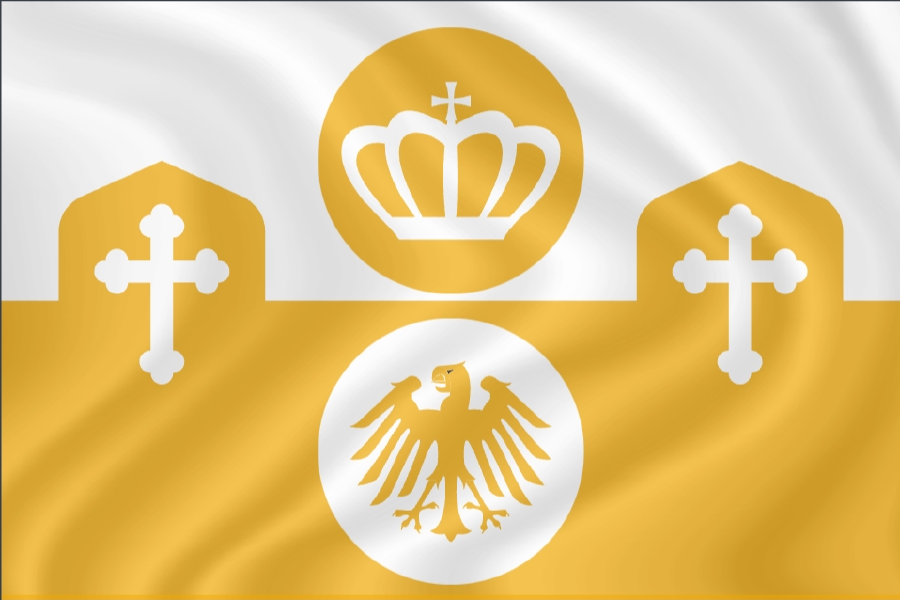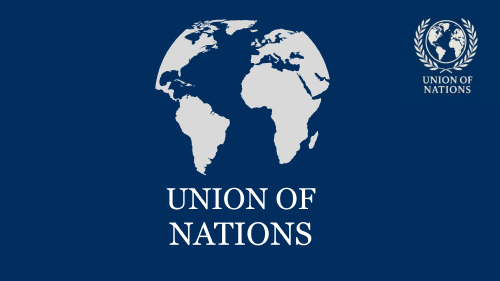The Grand Principality of San Leno, a proud and historically rich nation nestled on the Mediterranean coast, is ruled today by Grand Prince Carlo II and Princess Annalise, who preside over an entrenched aristocratic system in which political power is concentrated in the hands of ancient noble houses, each representing one of the five historic valleys of the nation. The capital city, Boccosa, a stunning coastal metropolis of marble terraces, winding alleyways, and copper-domed towers, serves as the heart of the principality and the seat of the High Council of Peers, a governing body composed of hereditary nobles who legislate and advise the sovereign. The people of San Leno speak Lenic, a poetic language influenced by Latin, Slavic, and Romance traditions, and use the Swiss Franc as their national currency. The country’s motto, “In Valle Veritas” (“In the Valley, Truth”), reflects its spiritual and cultural identity, deeply rooted in its geography and history. San Leno’s origins trace back to the Prehistoric Age (12,000 BCE–1500 BCE) with the Kelenti, a proto-civilization that built sacred megaliths and worshipped celestial cycles around Lake Cirelda, believed by many to be the cradle of the Lenese soul. During the Bronze and Iron Ages (1500 BCE–400 BCE), maritime city-states like Thyrelon and Darnaca flourished, developing the Thyrelic Alphabet and engaging in trade across the Mediterranean. The Kingdom of Lenea was founded in 400 BCE by King Lenos I, unifying the land and establishing key cultural landmarks like the White Fortress of Veligrad, before fracturing in 450 CE due to invasions and internal collapse. The Age of Division (450–960 CE) followed, defined by noble rivalries, spiritual schisms, and enduring legends such as Sirana of Veligrad, a warrior-queen who nearly restored unity. True unification returned in the Second Kingdom (961–1422 CE) under King Emeric the Just, ushering in a Golden Age of scholarship, architecture, and national identity, epitomized by the founding of the University of Galenost and the creation of the national epic, the Chronicles of the Verdant Age. This era of peace ended with the Virellian Occupation (1422–1785), during which foreign rule suppressed local culture and sparked the Emerald Rebellion (1654–1661). Independence was achieved through the peaceful Veligrad Revolution of 1785, not to establish a republic, but to restore native aristocratic rule, leading to a reassertion of noble privilege and the elevation of the High Council of Peers as a central institution. The modern aristocracy emerged in full after the Restoration Charter of 1791, balancing ceremonial monarchy with the political power of noble families, who continue to control land, resources, and regional governance. In the contemporary era, San Leno remains diplomatically neutral and culturally influential, often acting as a mediator in international conflicts while advancing in technology, environmental sustainability, and heritage preservation. Geographically, it boasts alpine regions in the north, the fertile Five Valleys at its heart, and a sun-drenched coastline dotted with vineyards, olive groves, and white-stone villages clinging to cliffs above the Mediterranean. Natural wonders such as Mount Tyras, the Mirae Caverns, and Lake Cirelda attract both spiritual pilgrims and eco-tourists. Culturally, San Leno is renowned for its aristocratic patronage of the arts—its cuisine features delicacies like Tirveni stew, Leric bread, and seafood dishes marinated in citrus and herbs; its national music, Zerna, echoes through open-air theaters and festivals; and its literature and film industries are globally respected. The annual Day of the Valleys, held every April 19, celebrates the unity and diversity of the five historic noble regions with parades, traditional dances, and ceremonial oaths of loyalty to the Grand Prince. Today, San Leno stands as a rare beacon of old-world aristocracy adapted to a modern age—resilient, dignified, and ever guided by the enduring legacies of its noble past.













